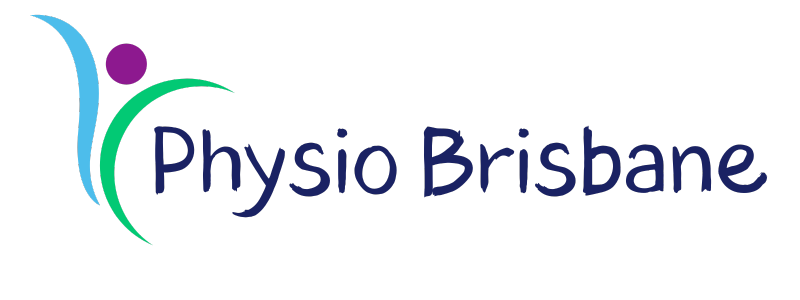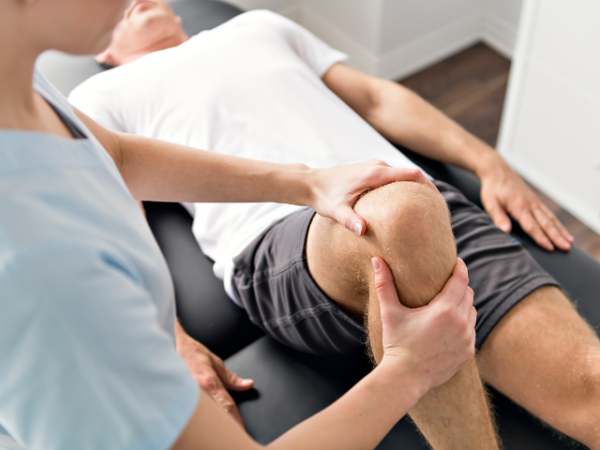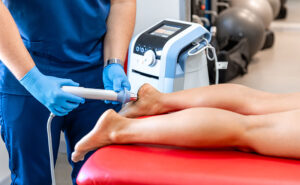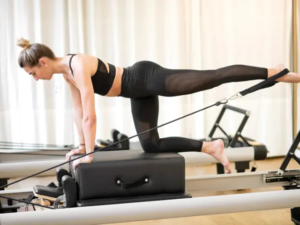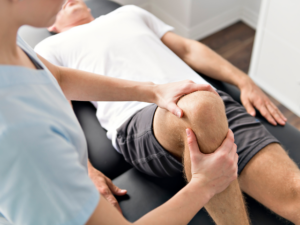Physiotherapy plays an important role both in mitigating and rehabilitating sports injuries. On top of that, sports physiotherapists contribute to optimising athletic performance by augmenting movement patterns and muscle function. In fact, physiotherapist are sometimes present on the sidelines to help manage or assess acute injuries.
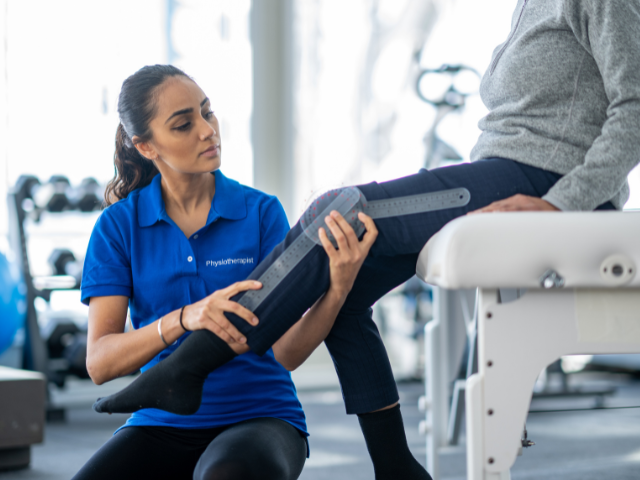
What Happens When You Visit a Sports Physio After Sustaining a Soft Tissue Injury?
Did you know that soft tissue injuries are the second most common sports injury in Australia? It accounts for 17% of sports-related injuries only behind fractures. On that note, sports physiotherapy can be highly beneficial for these types of setbacks, especially those sustained during athletic activities or even personal workouts.
When you take an injury like strains, sprains and tendonitis to a physio, there are several steps typically done to assess and determine the most suitable treatment plan for your condition.
Get assessed, thorough history taking
To start, the physiotherapist will commonly ask about the circumstances surrounding the injury, your medical history and any symptoms you are experiencing. This thorough assessment will also include a physically examination to determine the extent of the damage in the affected area of your body.

Physical assessment
The physiotherapist will observe and perform special tests to determine the extent of your injury. They may use their hands to expertly check for tenderness or tissue texture changes. They may also inspect your range of motion and test the strength of muscles around the injured area.
Outcome measure
To better understand your injury and provide evidence-based and patient-centred care, the physiotherapist may use visual analog scales or numerical rating scales to quantify the intensity of your pain. They may also ask you to perform specific activities related to your daily life or your sport. Throughout the duration of your physiotherapy program, outcome measures will remain crucial in evaluating the effectiveness and success of patient interventions or treatments.
Treatment
Physiotherapists may use one or even a combination of techniques to manage your injury. For example, they may use hands-on techniques such as massage and joint or soft tissue mobilisations to reduce pain, improve mobility and facilitate your body’s natural healing.
They will also usually design a custom exercise program to aid in your rehabilitation. In some cases, therapeutic modalities such as ultrasound, electrical stimulation, heat, or ice may be incorporated into your treatment plan and rehabilitation program to manage pain and inflammation and promote tissue healing.
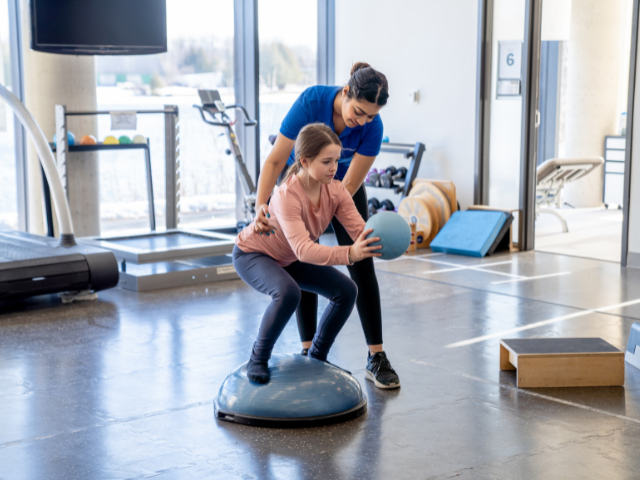
Education
The physiotherapist will help you understand details concerning your injury such as the underlying anatomy, the healing process and expected recovery timelines around it. You will also be introduced to simple self-management techniques that will protect the injured area of your body during daily activities.
Additionally, patients are taught how to effectively monitor their progress and encouraged to provide detailed feedback during follow-up appointments.
Home Exercise Program
Your sports physiotherapist will provide comprehensive instructions on how to execute your sports injury rehabilitation program efficiently. You can expect precise recommendations on the amount of repetitions, sets and frequency for your targeted exercises as well as when to increase activity to match your progression.

How Can Physiotherapy Improve Sports Performance?
Sports physical therapy isn’t just about treating injuries. It’s also effective for injury prevention and performance optimisation. Physiotherapy services range from injury treatment and rehabilitation plans to customisable strength and conditioning programs that can enhance performance.
Sports physiotherapists can design exercise programs that help improve flexibility, endurance or strength, depending on the goal or priorities of each individual. They can also work with athletes to optimise their movement and manage their bio-mechanical imbalances. Overall, there’s no denying that physical therapy treatments are influential to both sports and exercise.
Education and Better Body Awareness
Neuromuscular training in physiotherapy utilises exercises and interventions to improve our body’s coordination [1]. The program works to improve communication between the nervous system and muscles to enhance movement control, balance and proprioception, which help athletes make more precise movements according to situational needs.
Improve Strength, Flexibility and Balance
Athletes expect the best from their body every single time, but that is often difficult to deliver without training and proper conditioning. Physiotherapy sessions can significantly help in the latter by improving strength, flexibility and balance through targeted interventions and exercise programs [2]. Furthermore, sessions can be modified according to each individual’s unique real-life demands, physical conditioning or sports discipline.

Improve Movement Patterns and Efficiency
Physical therapists can work with clients to identify specific movement dysfunctions that lead to inefficient movement patterns, such as muscle imbalances, coordination impairments, joint restrictions, or proprioceptive deficits. After an assessment, they can then recommend personalised treatment plans to progressively improve movement and stability.
Prevent Injury
Physiotherapy, along with sports medicine, is widely acknowledged for its ability to accelerate both surgical and non-surgical recovery [3]. It also remains the most effective, non-invasive intervention that clinicians can prescribe to condition the body and prevent overuse injuries.
Reduce Physiologic and Mental Stress
Not to be discounted is the impact of physiotherapy treatment on managing physiologic and mental stress. Physiotherapy sessions can complement other modalities in order to release or prevent stress from building up.
Additionally, individuals coming off major contact sports injuries such as an ACL tear [4], have been shown to greatly benefit from physiotherapy’s progressive treatment plans and relaxation techniques.
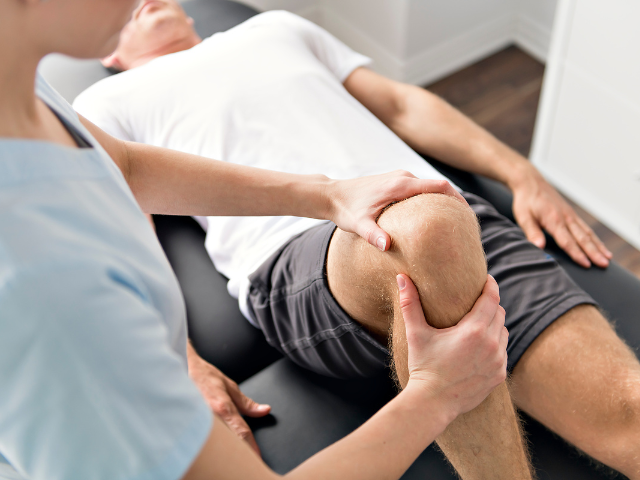
Booking Sports Physiotherapy for Training and Recovery
Physiotherapy can be used to treat injuries, provide immediate pain relief and develop injury prevention measures for both professional athletes and individuals with an active lifestyle.
Using a combination of hands-on techniques and therapeutic exercises, physiotherapists can even design personalised programs that can impact our body’s recovery and performance for both sporting activities and everyday tasks. It’s a holistic solution that contributes to an overall healthier body and better quality of life.
To get the best results, just be prepared to provide as much details as you can about your injury or condition, medical history and other relevant factors affecting your performance. Your input along with the initial assessment will help determine the most efficient path to your recovery and personal goals.
With these things in mind, you can now book a sports physiotherapy session for your sports-related concerns and start the journey towards rehabilitation or performance improvement with the guidance and support of a qualified physiotherapist. Call us now.
References:
[1] Akbar S, Soh KG, Jazaily Mohd Nasiruddin N, Bashir M, Cao S, Soh KL. Effects of neuromuscular training on athletes physical fitness in sports: A systematic review. Front Physiol. 2022 Sep 23.
[2] Sokhangu MK, Rahnama N, Etemadifar M, Rafeii M, Saberi A. Effect of Neuromuscular Exercises on Strength, Proprioceptive Receptors, and Balance in Females with Multiple Sclerosis. Int J Prev Med. 2021 Jan 19;12:5.
[3] Jenkins SM, Guzman A, Gardner BB, Bryant SA, Del Sol SR, McGahan P, Chen J. Rehabilitation After Anterior Cruciate Ligament Injury: Review of Current Literature and Recommendations. Curr Rev Musculoskelet Med. 2022 Jun;15(3):170-179.
[4] Filbay SR, Grindem H. Evidence-based recommendations for the management of anterior cruciate ligament (ACL) rupture. Best Pract Res Clin Rheumatol. 2019 Feb;33(1):33-47.
